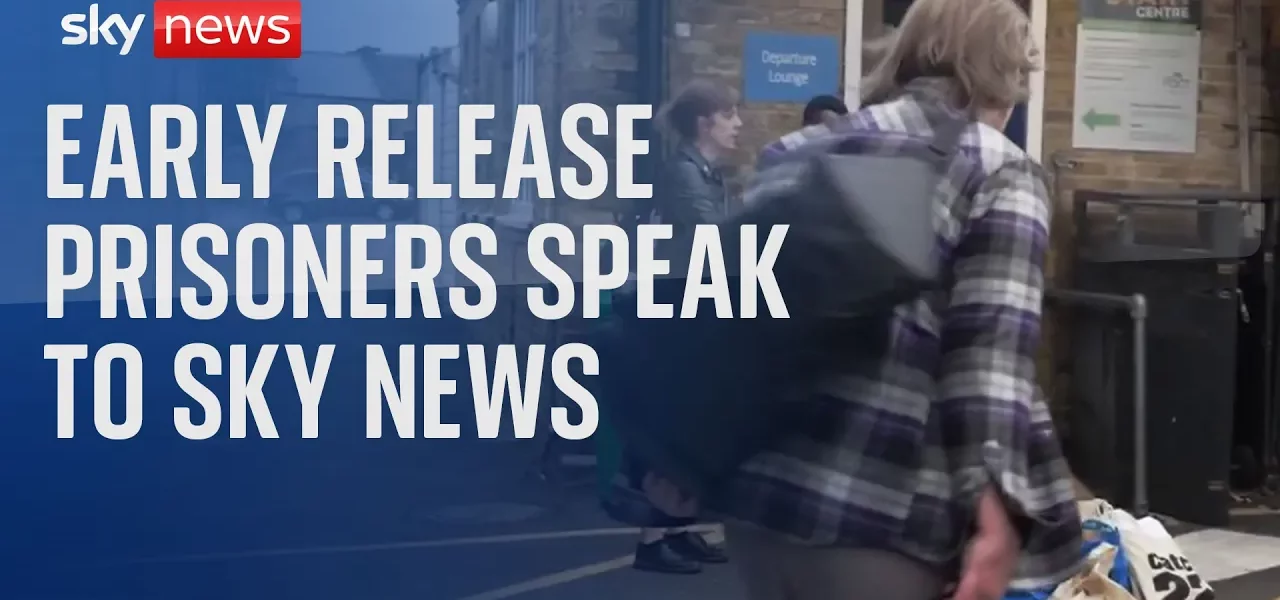Early Prisoner Release: Risks and Rehabilitation

This article delves into the complexities of the early release scheme for prisoners, examining the crowded prison conditions, the potential for rehabilitation, and the implications for public safety. As the justice system faces unprecedented challenges, understanding the dynamics of prisoner re-entry is crucial.
Introduction
The early release of prisoners has become a hot topic in discussions about prison reform and public safety. With prisons operating at or beyond capacity, the decision to release inmates early is viewed as a necessary measure to prevent further strain on the justice system. However, this controversial scheme raises important questions about rehabilitation, public safety, and the risks involved in reintegrating former offenders back into society.
The Current State of Prisons
Many prisons are currently experiencing severe overcrowding, which has created a pressing need for reform. The following points highlight the situation:
- Prison populations are at an all-time high, leading to cramped living conditions.
- Inmates often face limited access to programs that aid in rehabilitation due to overcrowded facilities.
- Staff shortages and high turnover rates among prison officers exacerbate the challenges within these institutions.
Understanding the Early Release Scheme
The recent early release scheme has been implemented to alleviate some of the pressures on the overcrowded prison system. Here are key aspects of the scheme:
Implementation Phases
- Inmates serving sentences of less than five years were released in the first batch.
- A second batch of inmates with longer sentences is scheduled for release later in October.
Public Perception and Concerns
The scheme has been met with skepticism and concern from the public and various stakeholders:
- Public safety is a paramount concern; many fear that releasing prisoners could lead to an increase in crime rates.
- Charities and advocacy groups worry about the potential for domestic abusers to be released without adequate oversight.
- Experts in criminal justice caution that without proper housing and support systems, released individuals may revert to criminal behavior.
Challenges of Reintegration
Reintegrating former inmates into society is fraught with challenges. The following factors are critical to consider:
Housing and Employment
Upon release, many inmates face an uphill battle in finding stable housing and employment:
- Many released individuals do not have a place to stay, which can lead to homelessness.
- Job opportunities for former offenders are often limited due to stigma and legal barriers.
Personal Rehabilitation
Successful rehabilitation is vital for reducing recidivism rates. However, the following issues arise:
- Without ongoing support, individuals may struggle to maintain the changes they made while incarcerated.
- Access to mental health services and addiction treatment is crucial for those with underlying issues.
Assessing Risks and Benefits
As the government moves forward with the early release initiative, it is important to weigh the risks against potential benefits:
Potential Benefits
Some argue that early releases can be beneficial if managed correctly:
- Reducing overcrowding may allow for better conditions and more focused rehabilitation programs.
- Successful reintegration of released individuals can lead to lower recidivism rates and ultimately a safer community.
Risks Involved
Despite potential benefits, risks remain a significant concern:
- Increased pressure on housing and community resources.
- Possible rise in crime rates if adequate support is not in place for released individuals.
Conclusion
The early prisoner release scheme presents a complex challenge for the justice system, balancing the urgent need for reform against the critical importance of public safety. While some former inmates express a commitment to change and rehabilitation, the systemic issues surrounding housing and support continue to pose significant barriers. As we move forward, it is essential to monitor the outcomes of this initiative closely and ensure that comprehensive support systems are in place to facilitate the successful reintegration of released individuals. For more insights on prison reform and public safety, check out our related articles on criminal justice and rehabilitation strategies.
“`




